Reversing five decades of car-dependent suburban sprawl, smarter communities are now embracing connected design and residents are reaping the rewards.
Since the 1970s, Australia had largely been shaped by suburban sprawl, with much of the population still living in outer suburban areas, according to the latest Census.
Traditionally, low-density suburbs in outer metropolitan areas - such as Greater Western Sydney, which accounted for approximately 48% of Sydney’s total population in the 2021 Census - have played a major role in absorbing population growth.
Similarly in Melbourne, outer-ring suburbs like the City of Casey saw huge growth from the 70s onwards, with Casey alone housing over 365,000 residents in 2021, making it Victoria’s most populous municipality.
This pattern of growth has typically led to car dependency and long commute times, with residents often travelling long distances to reach work, shopping and leisure activities.
However, increasing awareness of the health and wellbeing benefits of stronger community connection has driven the rise of the ‘20-minute neighbourhood’ - a planning concept now being embraced by both government and commercial developers.
Walkable neighbourhoods that prioritise community, like Frasers Property's Ed.Square, are changing the shape of Australia's suburbs.
What’s a 20-minute neighbourhood?
20-minute neighbourhoods, a term coined in 2009 in Portland, Oregon, are all about liveability.
This aim is for residents to access most of their daily needs, including shopping, services, schools and work, within a 20-minute walk or ride from home.
There is now clear evidence that demand for more connected, community-centric living is on the rise, according to leading developer Frasers Property Australia.
In fact, building these kinds of connected communities is central to their mission:
“We’re driven by our core purpose to create belonging in stronger, smarter, happier neighbourhoods,” says Emily Wood, Executive General Manager Development at Frasers Property Australia.
“If our ambition is to create a greater sense of belonging in the neighbourhoods we create, we need to measure whether our efforts are successful,” Ms Wood explains in Frasers Property's 2025 Live Proud magazine.
“The Great Australian Neighbourhood Survey is how we go about it.”
Insights from the survey have helped shape Frasers Property’s approach to designing more walkable, connected neighbourhoods, places where people feel a stronger sense of belonging and everyday needs are met close to home.
The survey also shows just how successful Frasers Property in creating the kinds of communities that their residents are looking for, with 85% of residents saying that they are satisfied with life in their communities.
Australia’s top 3 new lifestyle drivers
Frasers Property aren’t the only ones picking up on the Aussie desire for higher quality communities.
According to realestate.com.au’s New Homes Research 2024, buyers are looking for more from their homes and communities in three key areas:
- Less commuting: Residents want to enjoy more time at home and in their local communities.
- Access to green spaces: Outdoor activities and physical health amenities are key items in their wish lists.
- Community building: Spaces where they can connect with their neighbours, and closer shopping and services.
In their own research, Frasers Property found similar factors with walkable access to shopping, nature, and public transport, as well as well-designed public spaces and support for active lifestyles, all topping the lists of both what residents value most about their own communities and what attracted them to those communities in the first place.
From walkability to green spaces and community connection, Australians are looking to get more out of their new homes.
Creating convenient connections, not just houses
Through initiatives like their Great Australian Neighbourhood Survey, Frasers Property deeply understands these new lifestyle drivers and works to incorporate them into their designs.
Ms Wood explains that within their planning they can create levelled out walking and cycling routes to make these pathways easier and more equitable for residents of all ages and abilities.
They can add cross-community green links that integrate surrounding parklands or bushland and strategically place shops, schools and public transport connections, depending on the needs of the community.
“It’s about listening to our customers and recognising that every community is unique,” Ms Wood says.
“Programs, workshops, focus groups, real-time feedback and other market research is crucial to understand peoples’ needs and wants, and the opportunities and issues as they see them.”
The 20-minute neighbourhood in action
Judging by the residents’ feedback it’s clear that the results of listening to residents is paying off.
Jenny, a resident of Frasers Property’s Ed.Square neighbourhood in southwest Sydney’s Edmondson Park, is seeing this idea in action.
“Everything’s literally walkable—schools, childcare, train stations, shopping centres—it really does take some of the pressure off,” she says.
“Pretty much everything is community-based, I don’t need to drive anywhere.”
Ms Wood explains that the amenities in neighbourhoods like Ed.Square are more than just places to shop, they’re designed to be the heart of these communities.
“They are places to relax, socialise, connect and be entertained—and they are a reflection of their local communities,” she says.
“We ensure this by curating a tenant mix which reflects local cultural diversity, often involving local concepts run by local people, who we work with in a very hands-on way to support their success.”
For Ed.Square residents like David and Jenny, a 20-minute neighbourhood lets them enjoy their time at home more.
Green spaces improve liveability: data
Multiple studies have shown that green spaces can offer benefits like stress reduction and improved mood, while also encouraging outdoor physical activity.
A study by the University of Western Sydney found that residents living in areas with more than 20% green space within a kilometre of their homes were significantly more likely to walk and engage in moderate to vigorous exercise than those who didn’t.
Studies have also shown that green spaces help maintain a comfortable temperature for residents as they lessen the ‘urban heat island effect’.
This is where urban areas experience higher temperatures due to the increase in heat-absorbing surfaces and structures like concrete, buildings and roads.
Research from the University of Melbourne shows that the asphalt concrete commonly found in Australian neighbourhoods can have surface temperatures of up to 60°C on hot summer days but greenery like street trees, city parks and rooftops gardens consistently reduces this effect.
Building green spaces into the design of master-planned communities make these areas more liveable and homes more pleasant to be in, which also reduces the need for air conditioning.
“We know people desire access to open green spaces for healthy lifestyles,” says Ms Wood.
“Clearly, there are fresh air and exercise opportunities, but there are also social benefits in community building initiatives, given the opportunities they create for people to build connections.”
JC, another resident at Frasers Property’s Ed.Square, found that the neighbourhood’s green spaces and natural characteristics helped them connect to their new home.
“At the moment we moved here, everything just happened,” he says.
“We instantly fell in love with the design, the quietness, the birds, the abundant amount of light which was very welcoming.”
Green spaces can have a great impact on the connection, health and even temperature of an entire community.
Living the benefits of a connected neighbourhood
For Cassandra and Hayden, residents of Mambourin in Melbourne’s west, being part of a close-knit neighbourhood has been one of the best parts of building their home in a new walkable community.
“It’s human nature to connect, we weren’t designed as humans to grow up in a world on our own,” Hayden says.
“Living in a community like Mambourin, we’ve had that opportunity to connect with our neighbours.”
Green spaces and resident-only leisure centres give the Mambourin community the opportunity to interact and form relationships with neighbours organically.
“I think Frasers is doing a really good job at fostering and creating communities,” Cassandra says.
In the Great Neighbourhood Survey, 77% of residents agreed that Frasers Property had done a good job of creating strong and connected communities.
The survey also found that 85% of Frasers Property residents said that they knew at least one other resident by first name and 35% said they knew more than ten, indicating just how connected these communities are.
Ms Wood explains that in projects like The Waterfront in Shell Cove, Frasers Property created more than just a new oceanfront community.
They also built a new boat harbour, a marina, and a tourist destination with these open areas used for local markets, open air cinema nights and a community garden that brings the neighbourhood together.
“Just like placemaking, community building initiatives are essential if we are to deliver on our purpose to create belonging in stronger, smarter, happier neighbourhoods,” says Ms Wood.






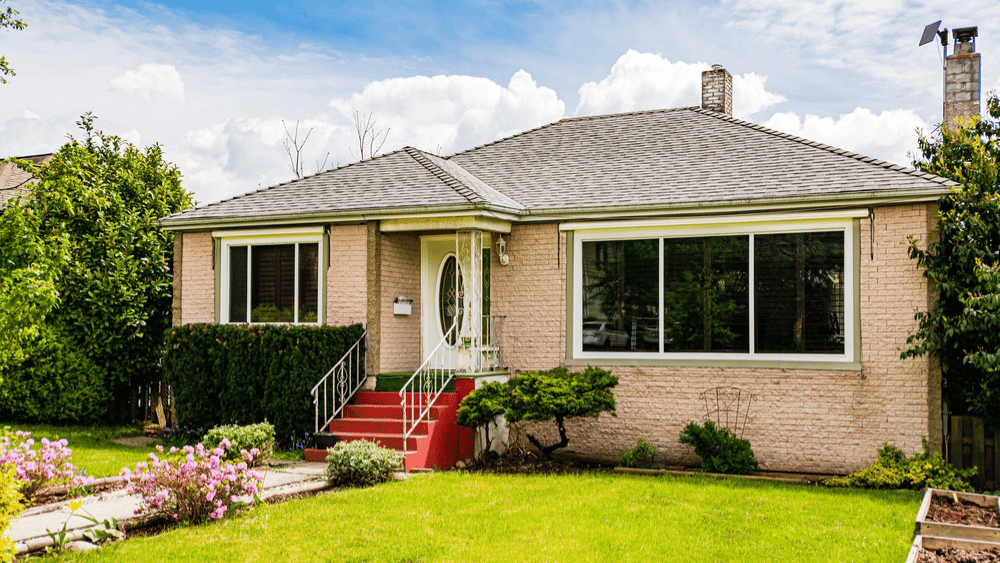
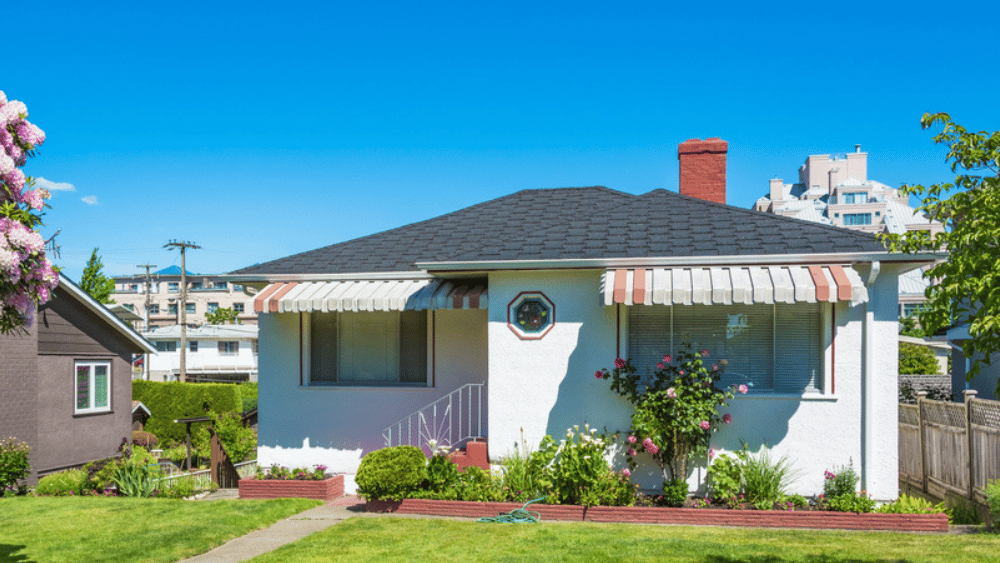

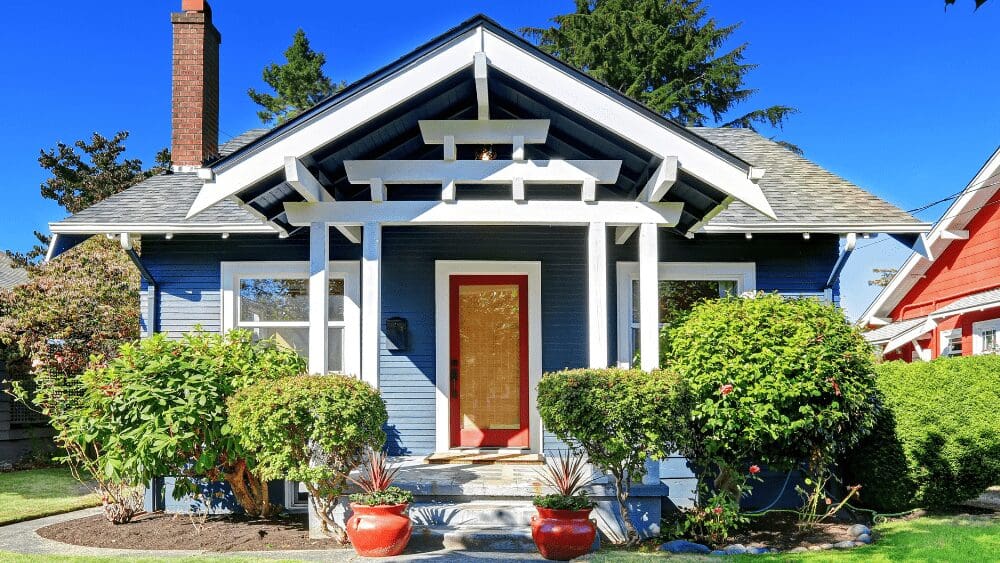



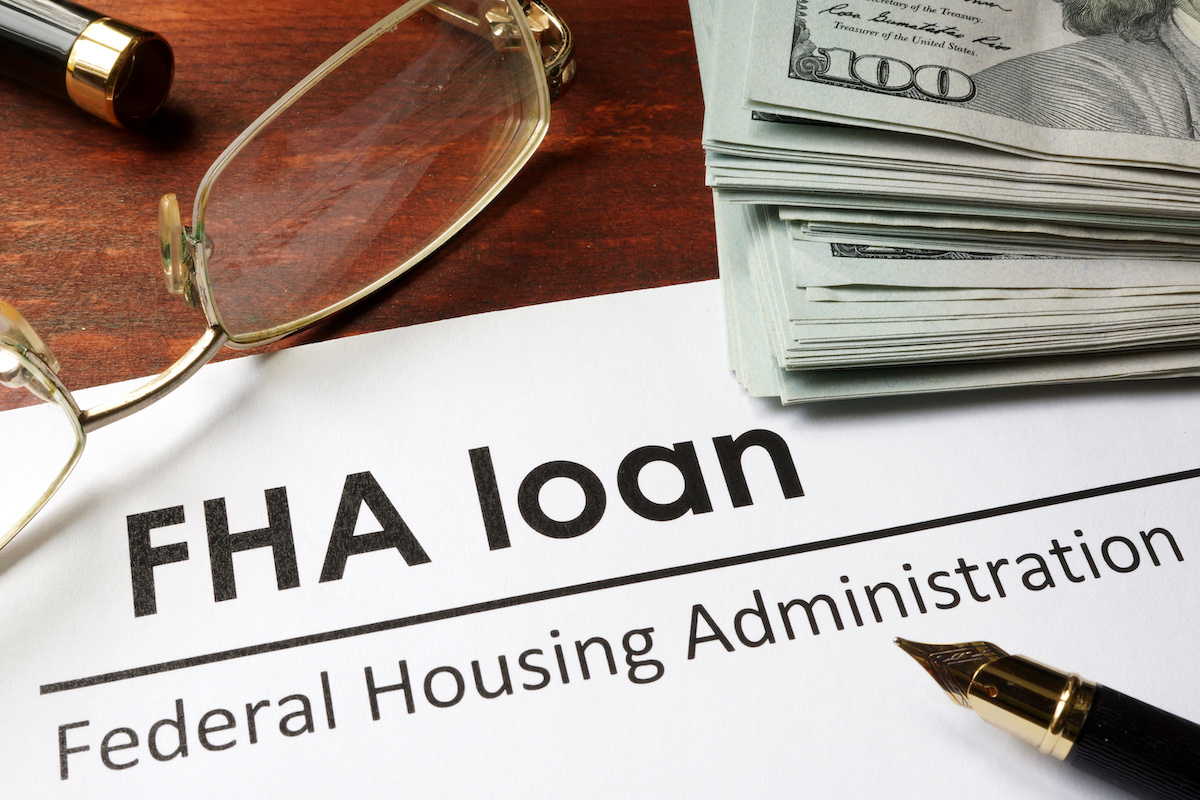

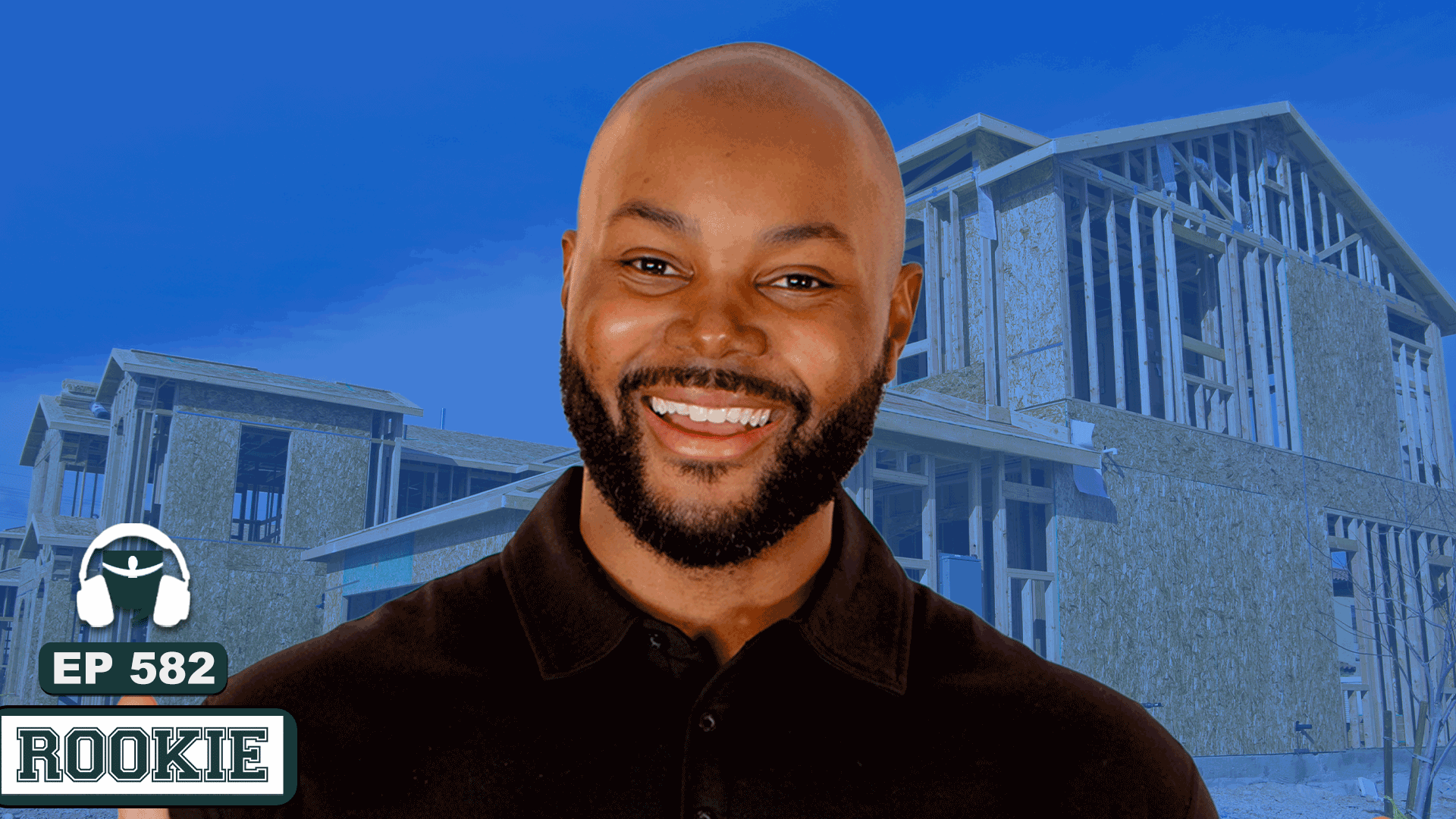



 English (US) ·
English (US) ·